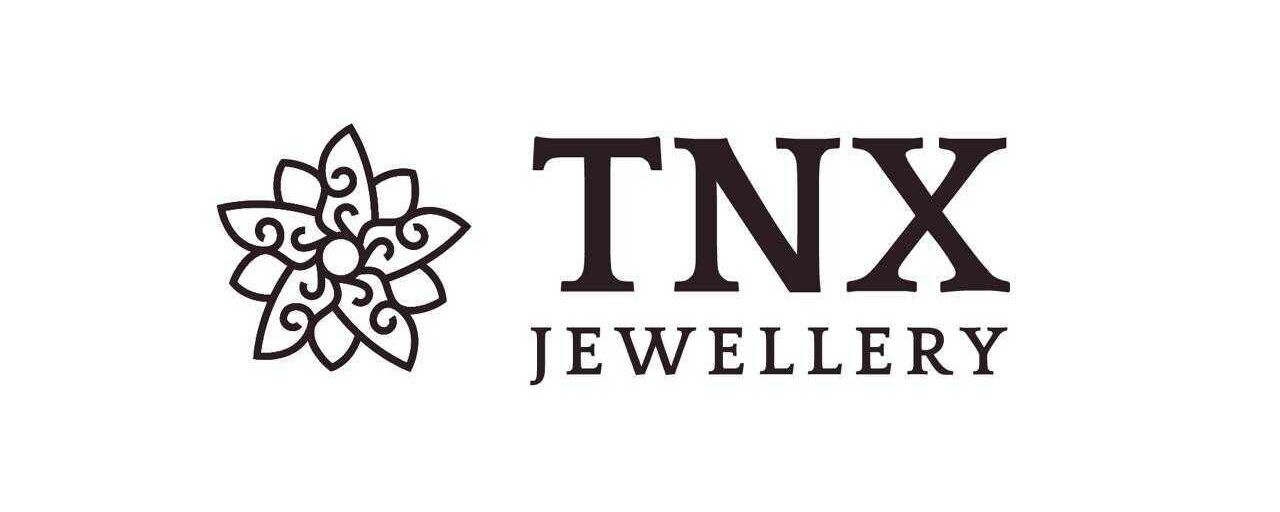**
The world of digital art has experienced cryptocurrencies. NFTs have modeled on the market, offering artists, collectors and enthusiasts and a unique opportunity to own and show their digital creations.
What are nfts?
S Stores, a unique digital file – such as an image, audio clip, video or 3D model – in a blockchain network.
The rise of cryptocurrencies in digital art
Cryptocurrencies have played a significant role in the growth of the digital arts market. Artists and collectors can now buy, sell and trade with NFT without intermediaries, eliminating traditional art markers such as galleries and dealers. The decentralized nature of blockchain technology and cryptocurrencies should also increase the transparency and security of artists and collectors.
NFTS and Digital Art
Digital art is a fascinating example of how NFT can review the way we experience and interact with creative works. In
Benefits of NFT in Digital Art
1
- Unique property : Each NFT is unique, which makes it difficult to offer or sell duplicate works.
S
Using NFTS in digital art
1
S
S
Challenges and Future Prospects
Although NFT’s potential in digital art is huge, there are still several challenges to overcome:
- Scale and operative compatibility : NFTS must be scales and operatively compatible on different platforms and devices.
- Regulation and Management
:
S
Despite these challenges, the future of NFT in digital art seems promising:
- Advancement increase : More artists, collectors and institutions cover NFTS
S
S
Conclusion
The cryptocurrency and NFTS revolutionized the digital arts market, offering a new level of transparency, security and property. NFTS will play an increase in the formation of the future of digital art. While the challenges remain, potential awards are indisputable.
